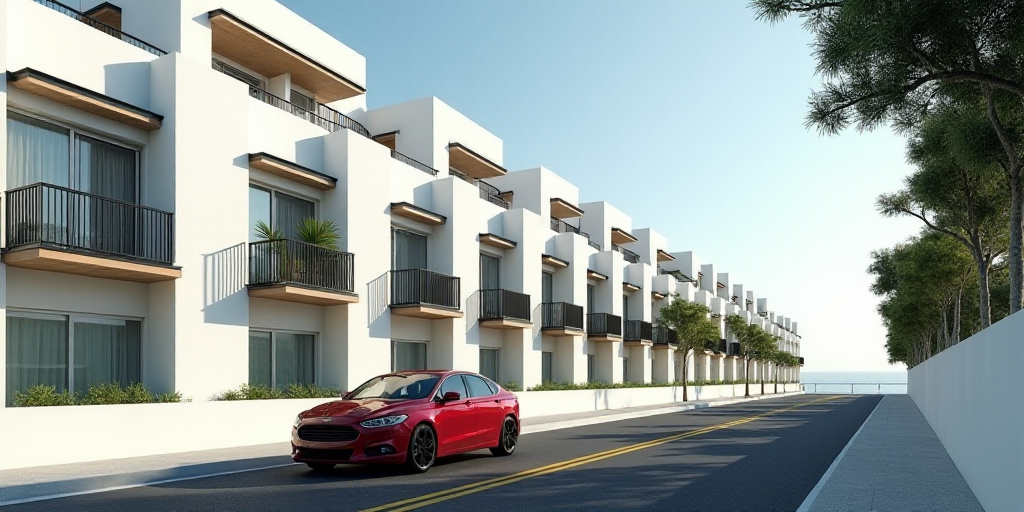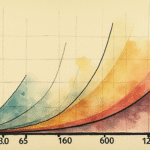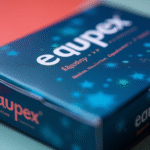Overview of the Housing Market in Mexico
Despite the challenging economic environment caused by the ongoing trade war and tariffs imposed by the United States, four housing developers listed on the Mexican Stock Exchange (BMV) managed to close the first half of 2025 with income growth.
Key Players and Their Performance
- Vinte (now merged with Javer): Reported income of 6,938 million pesos, a 4% increase compared to the second quarter of 2024. Although there was a slight decrease in the number of homes delivered, the average price per unit increased by 8.8%.
- Ruba: Maintained a positive trend with a 2.39% increase in income, driven by higher unit sales and prices.
- Consorcio Ara: Experienced a solid 13.3% income growth, fueled by interest in social and middle-tier segments.
- Cadu: Despite a drop in the number of homes sold, income increased by 10.1% due to a significant rise in the average price per unit, which reached 1.3 million pesos (a 37.8% increase).
Macroeconomic Factors and Future Outlook
Sergio Leal Aguirre, president of Vinte, highlighted the positive impact of recent interest rate reductions in Mexico, population growth, and housing deficit on their business strategy until 2030.
Pedro Vaca Elguero, president of Cadu, acknowledged the persisting inflationary pressures that might moderate the pace of interest rate cuts by the Bank of Mexico.
Vivienda para el Bienestar Program
The federal government’s Vivienda para el Bienestar (Housing for Well-being) program presents an opportunity for housing developers to expand their reach into social housing.
- Vinte: Engaged in the program with four projects under review, representing 5% of their revenue.
- Consorcio Ara: Presented proposals to build around 13,000 homes in entities like the State of Mexico, Nuevo León, and Quintana Roo.
Miguel Lozano Pardiñas, Consorcio Ara’s CEO, emphasized their cautious approach amid market volatility and macroeconomic factors affecting demand, while focusing on their strengths.






